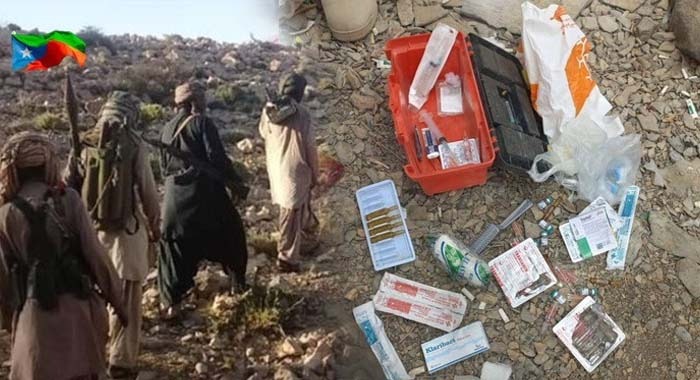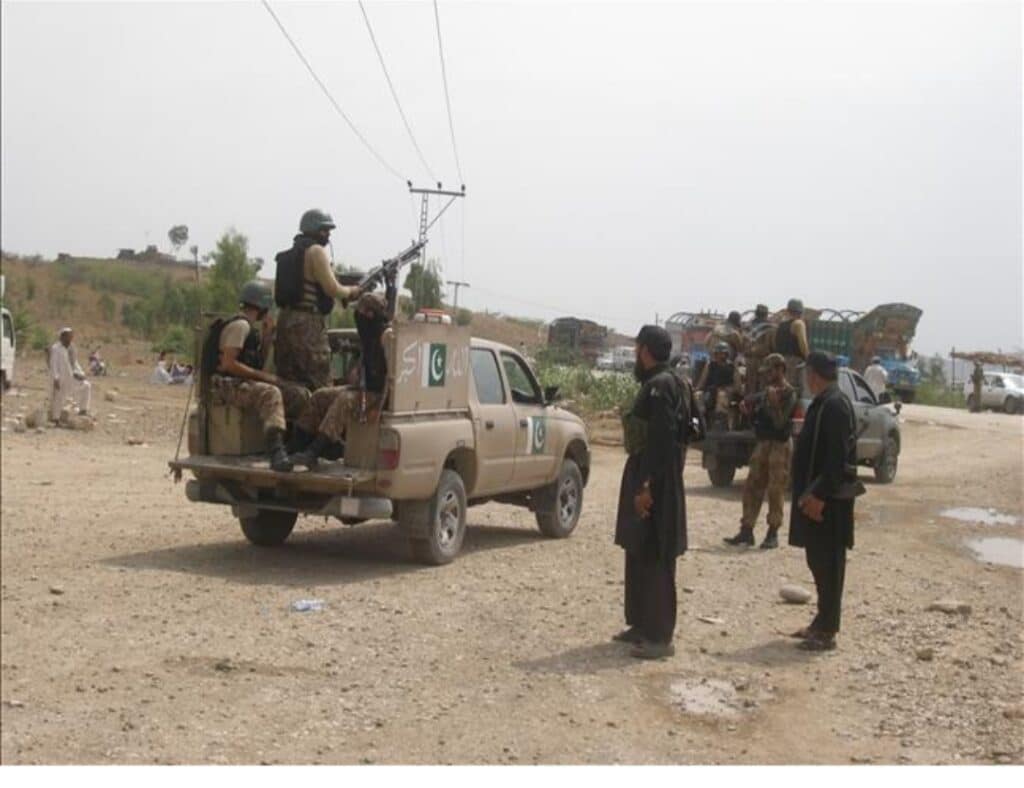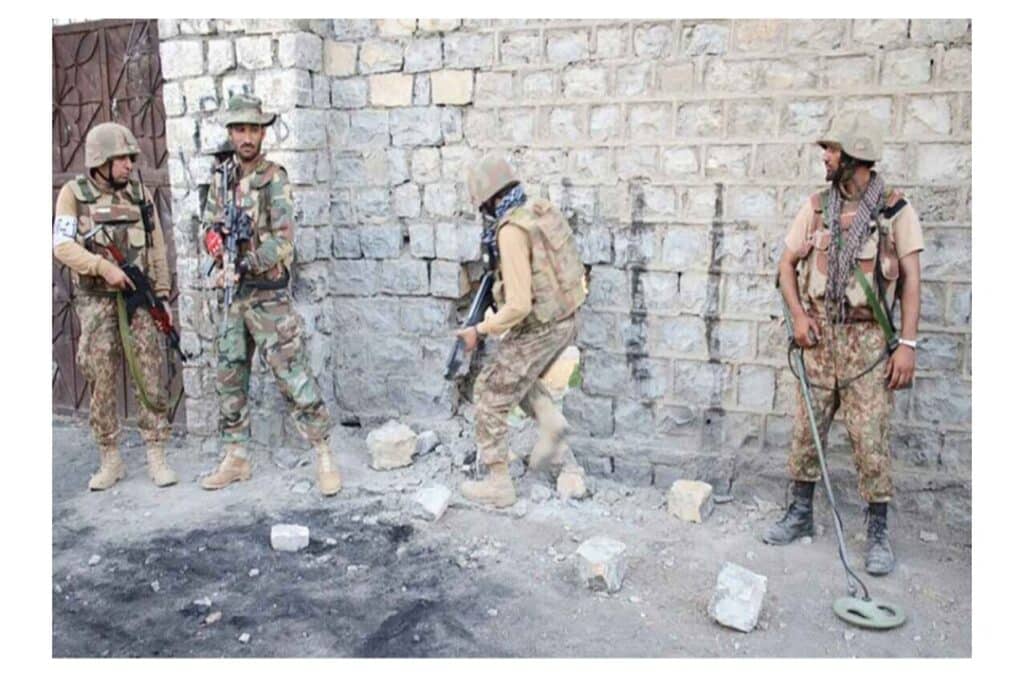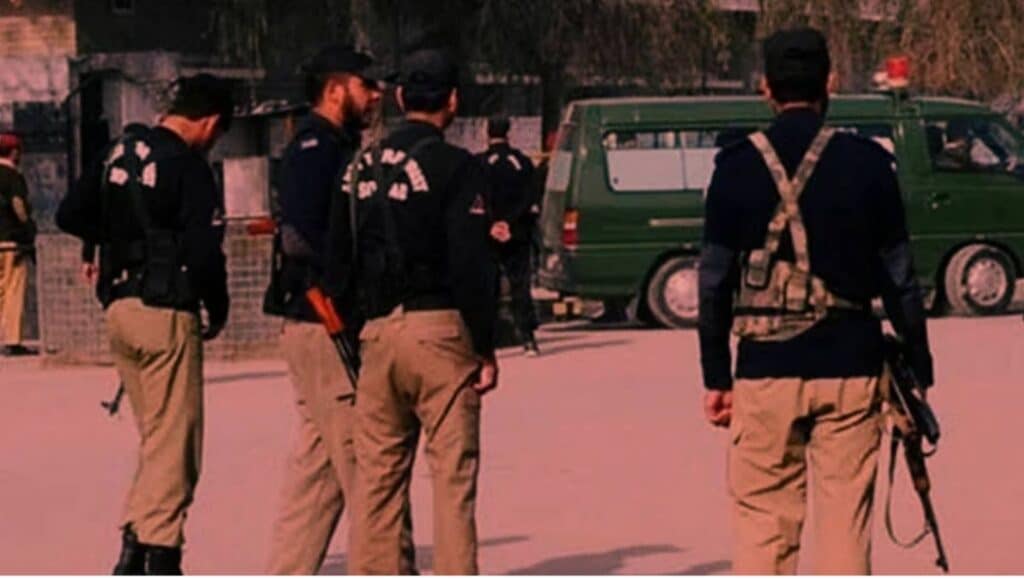A deadly pattern of indoctrination, recruitment, and abduction if necessary, and drug-fuelled radicalisation resurfaced in Balochistan last night when militants linked to the BLA-BLF-BRAS nexus attempted to kidnap two university students in Kech. The attack, consistent with earlier warnings about the India-backed Fitna al-Hindustan (FAH) network, turned violent when the students resisted.
According to local officials, the assailants ambushed the pair near Sharmsar Mountain University. The confrontation escalated, resulting in the death of one student on the spot. The second—severely wounded—was overpowered and taken away by the militants. Security forces have launched an urgent search operation, though his condition remains unknown.
University Vice Chancellor Basheer Zaib Kurd condemned the assault, calling it “a devastating loss for our academic community and an unforgivable crime against innocent boys simply walking home from class.”
The Kech incident has reignited concern that militant outfits weakened by recent counterterror operations are now resorting to forced recruitment—particularly of young boys—through a combination of abduction, chemical drugs, and psychological manipulation.
A Growing Pattern: Abduction, Drugs, and Forced Recruitment
Security analysts say last night’s attack aligns with a disturbing model documented throughout 2024–25: militants abducting teenagers, injecting them with narcotics, and conditioning them into fighters through addiction and isolation. These tactics came to light after multiple intelligence-based operations in Nushki, Panjgur, and Kech, revealed combat doping kits, narcotic stockpiles, and indoctrination materials.
In late July, an operation in Nushki uncovered red medical kits filled with Tramal Plus (225mg Tramadol), Diazepam, Pheniramine, Klaribact (Clarithromycin), and improvised opioid mixtures locally known as Tiryāq. Investigators concluded these substances were used to sedate recruits, suppress fear, and induce neurochemical dependence—turning abductees into obedient foot soldiers rather than ideological militants.
Medical experts warn that such cocktails can cause psychotic breaks, serotonin syndrome, and long-term neurological damage. Intelligence sources believe many of the BLA’s low-tier fighters are sustained not by conviction but by chemical dependency.
Academic Subversion: The Roles of Usman Qazi and Sufyan Kurd
The Kech abduction also echoes two major cases earlier this year that exposed the depth of militant penetration into academic spaces.
Usman Qazi – the lecturer turned terror architect
In mid-August, security forces arrested Dr. Usman Qazi, a BUITEMS lecturer accused of masterminding a BLA-linked terror plot intended to strike Pakistan’s Independence Day. His interrogation revealed involvement in the 2024 Quetta railway station attack and the training of 32 suicide bombers. Authorities also seized four VBIEDs prepared for coordinated attacks.
A senior security official remarked: “A teacher who should have empowered minds instead armed them with explosives.”
Sufyan Kurd – the student leader turned militant commander
In July, Sufyan Kurd, once chairman of the Baloch Students Council at UMT Lahore and a state-sponsored student, was killed during Operation Pehrud Cleanser in Nushki. Though long perceived as a student activist, investigators confirmed he was a senior BLA commander deeply embedded in FAH’s digital propaganda and recruitment framework.
His elimination exposed how campus organisations and student groups were being exploited as recruitment channels—a fact now being reexamined in light of the Kech incident.
Westernisation of Women: A Disturbing Shift
Parallel to the indoctrination of boys, BLA-linked outfits have increasingly weaponised educated Baloch women. Cases such as:
Shari Baloch (University of Karachi suicide bombing, 2022)
Samiya Qalandrani (Turbat suicide attack, 2023)
Mehal Baloch (Bela car bombing, 2024)
Adeela Baloch (WHO employee arrested while preparing an attack, 2023)
reveal a pattern of coercion, blackmail, and psychological manipulation. Adeela’s confession that BLA receives direct Indian support—and her account of sexual abuse used to pressure women—aligned with broader intelligence assessments regarding RAW’s proxy networks in the region.
Clerics and tribal elders have condemned the trend as a violation of Islamic law and Baloch tradition.
Inside the Recruitment Pipeline: A Whistleblower’s Testimony
In September, a surrendering militant named Jahanzeb Ali provided rare insights into the recruitment machinery. He described a system built on:
targeting young men with grievances,
exploiting emotional vulnerability,
using student groups as ideological cover, and
offering identity and belonging through militant circles.
He also confirmed the widespread abuse of drugs to sustain operatives during missions—a detail now echoed in nearly all recent arrests and hideout recoveries.
A Region at a Crossroads
Last night’s Kech attack, while tragic, is not an isolated event—it is the latest link in a chain of indoctrination, coercion, and narcotics-driven warfare implemented by the BLA-BLF-BRAS nexus under FAH.
Authorities say the search for the abducted student is underway, with intelligence teams tracking escape routes in the rugged terrain around Kech. Security has been intensified across academic institutions in Turbat and Nushki districts.
Community leaders are urging parents, teachers, and students to remain vigilant, warning that the militants’ recruitment pipeline is adapting even as their operational strength declines.
As Balochistan contends with this evolving threat, last night’s tragedy serves as a stark reminder: the region’s youth; its brightest asset, remain the primary target of a network sustained by narcotics, coercion, and foreign-sponsored destabilisation.





